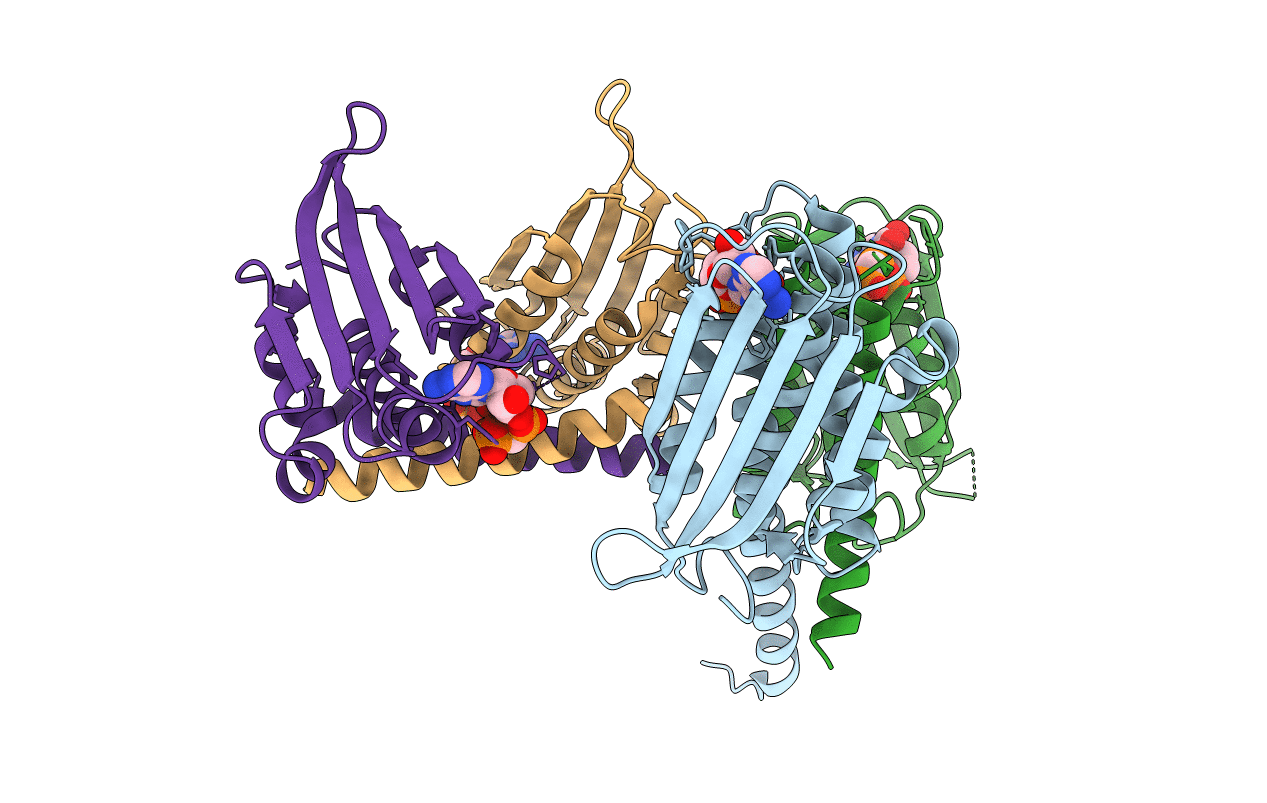
Deposition Date
2015-11-12
Release Date
2016-02-24
Last Version Date
2024-03-06
Entry Detail
PDB ID:
5EPV
Keywords:
Title:
Histidine kinase domain from the LOV-HK blue-light receptor from Brucella abortus
Biological Source:
Source Organism:
Brucella abortus (Taxon ID: 359391)
Host Organism:
Method Details:
Experimental Method:
Resolution:
2.51 Å
R-Value Free:
0.24
R-Value Work:
0.20
R-Value Observed:
0.20
Space Group:
P 1 21 1


